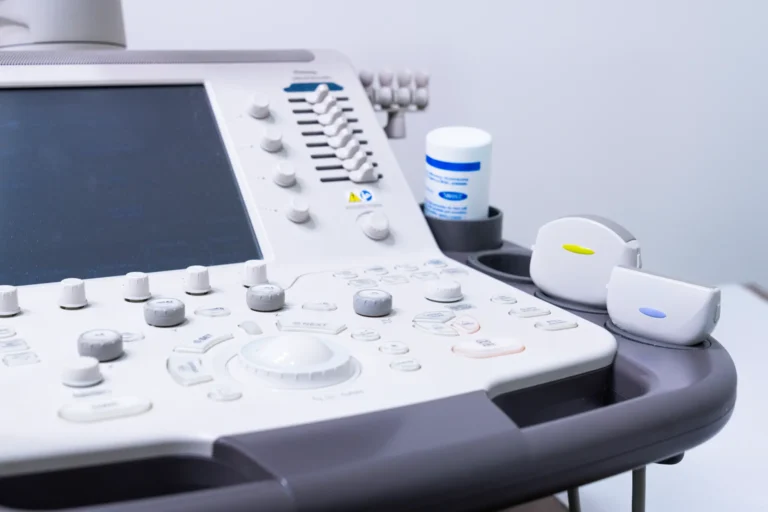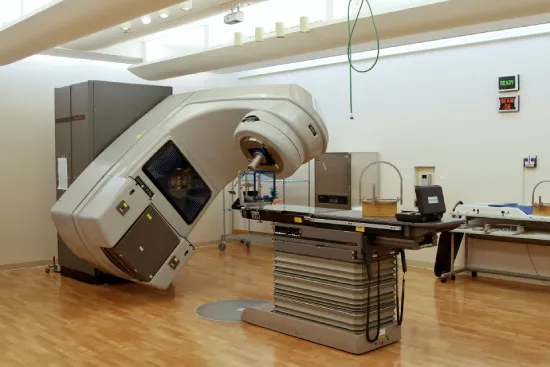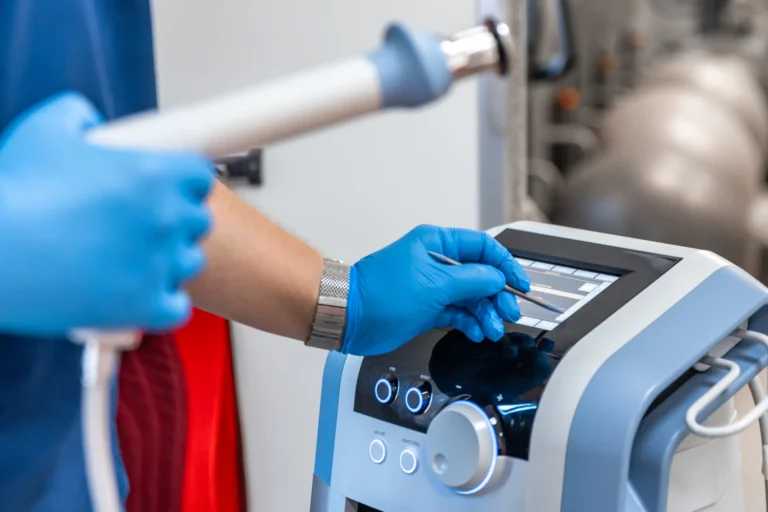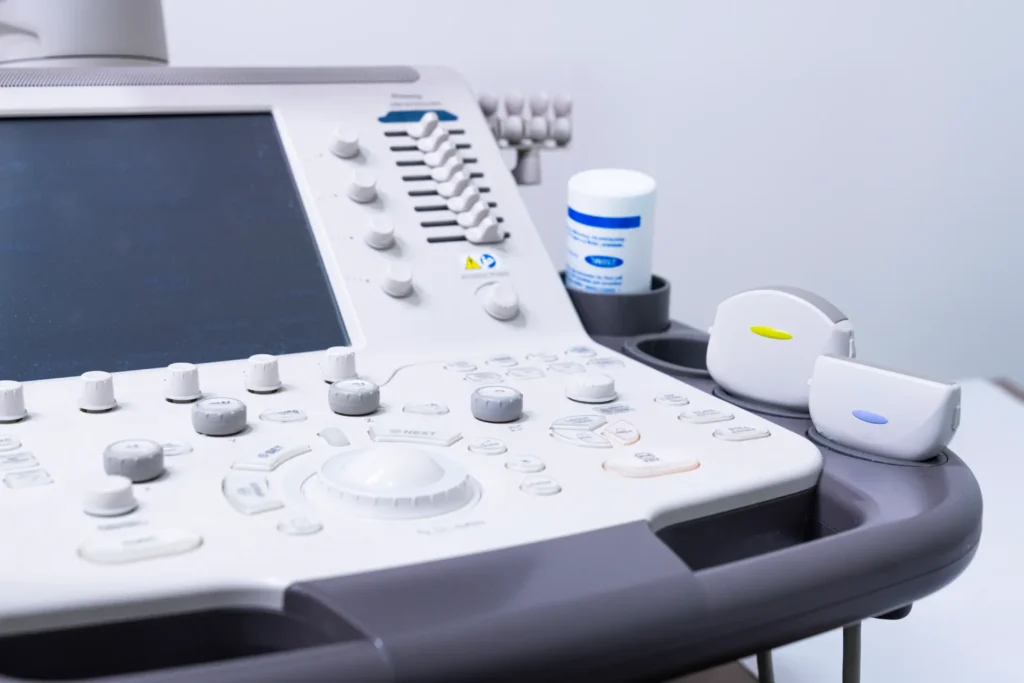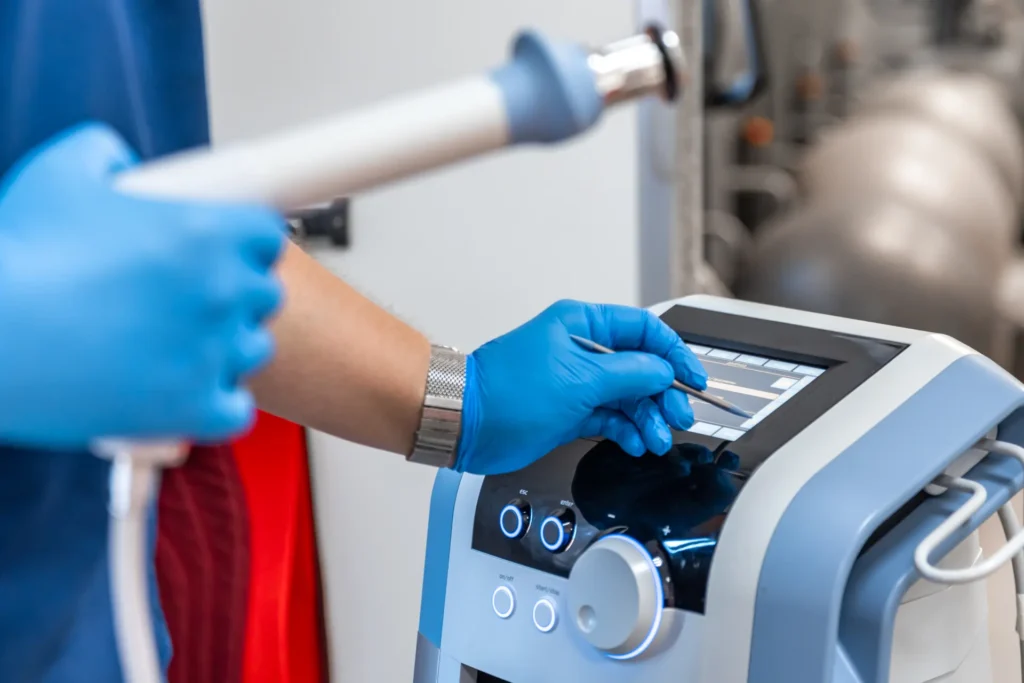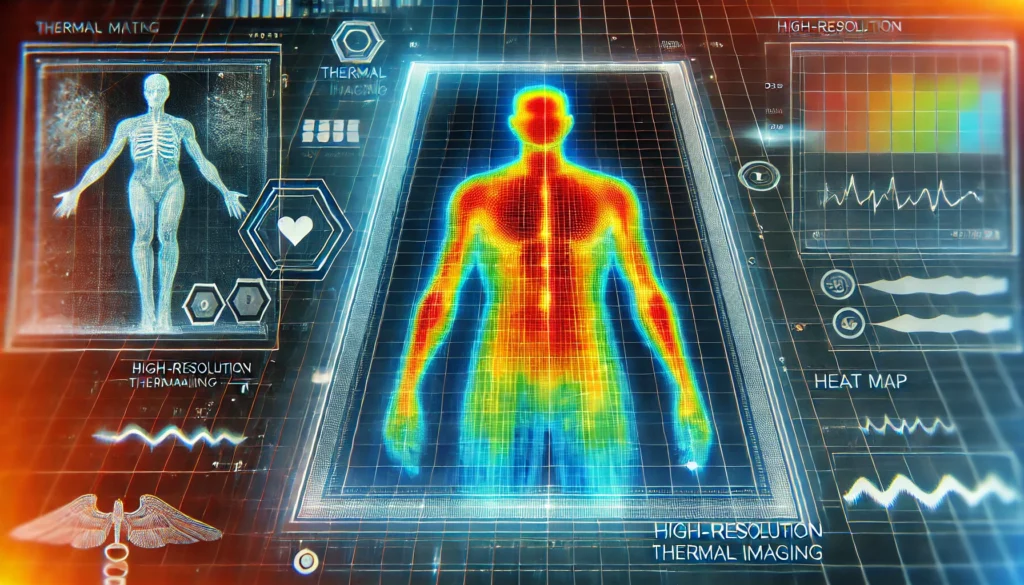Many if not most early thermologists utilized the Cold Stress Challenge to differentiate between insignificant thermal findings and the probability of breast cancer. There still are some today who use that system.
The test is performed by taking a preliminary set of thermal images and comparing them to a subsequent set acquired after placing hand in cold water. The change in thermal patterns are noted and an assessment is made.
The Cold Stress Challenge is based up the function of the sympathetic nervous system. The sympathetic nervous system constricts normal capillaries during a stress response that slows down blood flow and cool the skin comparatively. Normal tissue will physiologically respond to the challenge through vasoconstriction, while tumors lacking sympathetically controlled tissue will not. Stress responses may include loud noises, cold, or anything else that will create a fight or flight response.
At face value this appears to be a viable method of differentiating between a cancer threat versus other causes of heat in the breast. There are however some complicating factors.
- The breast itself is controlled by the nervous system originating from the spinal cord and emerging nerve roots that carry the sympathetic nerve fibers. It is common to see a cooling of the breast from a disc bulge or herniation that are compressing nerves and the spinal cord. This cooling is a result of sympathetic vasoconstriction associated with the physical stress of the nerve compression in the spine.
- Deeper lying tumors may be masked by sympathetic cooling on the surface of the breast on the cold challenge. Tumors at depth may conduct heat through the breast tissue and be identified at the surface. The cooling of the surface affects the ability to see tumors at depth.
- As a tumor develops it becomes an acting part of the body. It develops blood flow through Angioneogenesis and it may develop capillaries controlled by the sympathetic nervous system.
- Breast trauma and trauma to adjacent tissue may cause Complex Regional Pain Syndrome (CRPS) or Reflex Sympathetic Dystrophy (RSD) that cause the sympathetic nervous system to dysfunction.
- There are more factors that can interfere with accurate testing with the cold stress challenge and may include brain pathology, breast surgery, spinal surgery, an any other condition that may alter the sympathetic nervous system.
The above listed conditions will affect the outcome and cause false negatives of the interpretation of breast thermography and should not be included in routine testing procedures.
Most organizations have discontinued the use of the cold challenge in the 1990’s. It is the stance of the Professional Academy of Clinical Thermology that the test should be reserved only for physician use on a case by case basis and discontinued as a routine screening.


